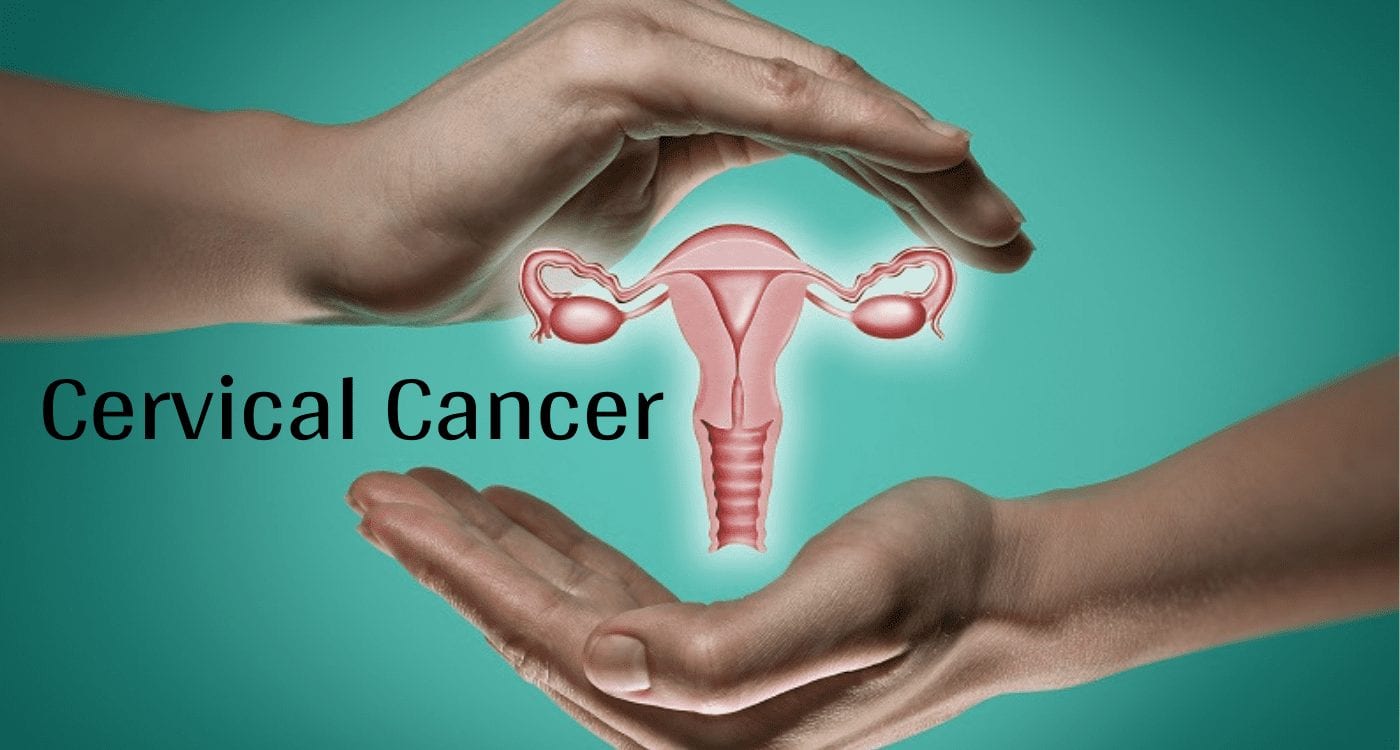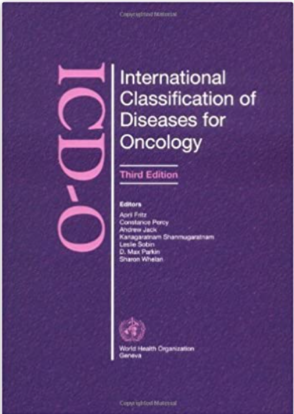
Cervical cancer screening helps to detect early disease and saves lives! And yet, according to the CDC, over 13,000 women are diagnosed each year and over 4,000 will die from their disease. About half the women who are diagnosed with cervical cancer never received screening.
The CDC launched a study to look into cervical cancer screening. Cancer Registries in Michigan, New Jersey and Louisiana participated in the study to identify women who were 21 years of age or older and diagnosed with cervical cancer. Patients were surveyed about whether they were screened or not, and if not, the reasons why. Household income, health insurance, race and ethnicity were also collected.
The study determined that of the women who participated, over 60% of them had not undergone screening for early detection. At the top of the list of reasons were that the women were not aware of the risk factors, understand test procedures or results, or did not have insurance benefits to pay for testing.
The study analysis included a lot of other valuable information as well that can be used by cancer centers and programs to develop cervical cancer screening and community outreach programs. To read the entire article on the CDC website, click here.




